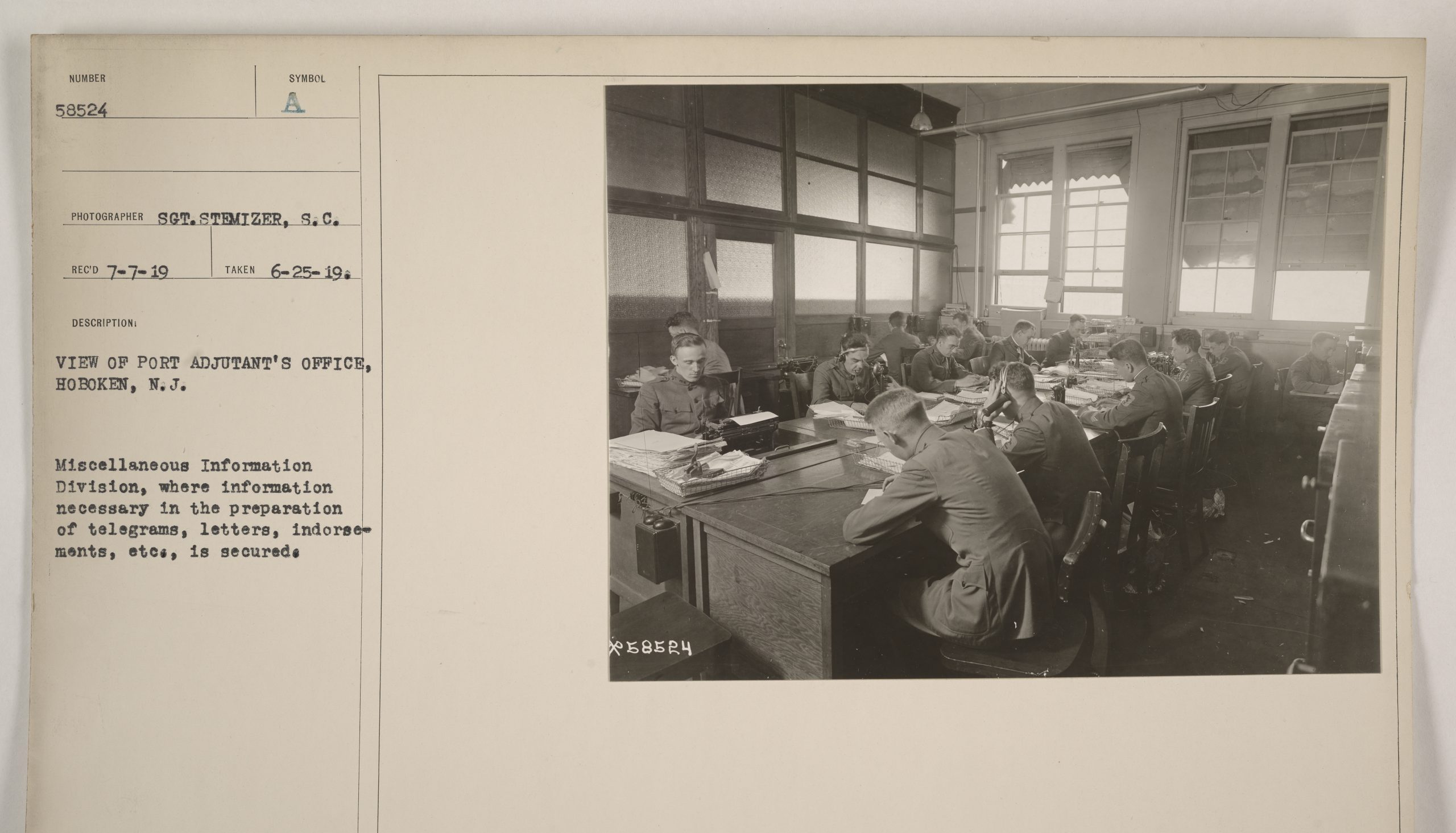Constituent or stakeholder engagement is key for any government organization to function both effectively and with authority to do so. As the number of ways constituents can engage directly or indirectly with governments expand, public-sector employees need to innovate the processes of engagement. Recently, the United States Congress completed several years of broad fact-finding on a bipartisan level to bring Congress into the 21st century. The hearings and final report can be used by any organization as a starting point for engagement issues and potential innovative solution starting points.

Every organization should start with a basic flow chart of how constituents interact. For instance, while traditional public service might receive a letter or phone call with regard to a matter, these days email, social media, digital media, and Freedom of Information Act (FOIA) requests are among the ways constituents engage.
The organization’s flow chart should have guidelines informing constituents of how the communication will be handled. Potential guidelines such as what matters are handled should be clearly written. This the first place where agencies can establish expectations. Every form of communication should be acknowledged, with the response including a tracking number or way to track communication by constituent.
Simple notes can be added to a communication to highlight where the communication has traveled and what information is being shared. Some communication maybe a simple answer, such as if a service is on or off. But other communications could be asking why a policy is in place or how a policy is carried out. With a high workload in day-to-day public-sector operations, it takes time to track misplaced communications. It is best to set up a simple communications flow process as soon as possible before adding more communication options.
The goals of having detailed tracker systems and processes in place to respond to constituent needs are to respond, understand how an issue was created, identify who can address an issue, and provide a working record. All this information can be later examined for improvements and measured against whatever performance metric an agency chooses. It could be as simple as setting a goal of responding to every issue within five working days or identifying critical issues that must be resolved immediately.
In the worst case, without a process, should a constituent take legal action, much will be lost in terms of working hours to track down the information courts will require. Requests often in digital format will require forensic experts to track and fully document. A simple tracking system can assure everyone that a basic process was followed.
Our democracy requires that communication be not just one way, but mutual. Public-service employees can use a tracked communication system to assure constituents that agencies take suggestions for improvement seriously. By having a system in place, policymakers can understand what constituents are concerned about beyond the simple ballot box.
Christopher Razbak is the founder of CRXJEM Consulting LLC, a management consulting firm that focuses on technology companies. Chris received his Aerospace Engineering degree from Penn State University, and worked in private industry including Boeing as well as government entities such as NASA. Chris earned an MBA and JD from Widener University. He founded CRXJEM in 2008, and works with tech firms, develops continuing legal education courses to help attorneys understand how technology works, and developed CRXJEM Professional Development Department to be a certified continuing legal education provider in Pennsylvania.





Leave a Reply
You must be logged in to post a comment.